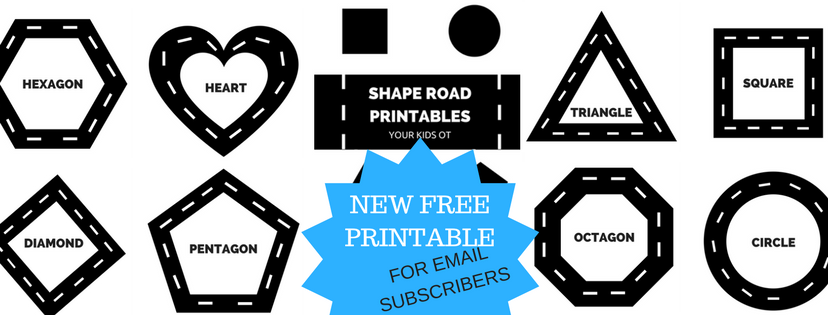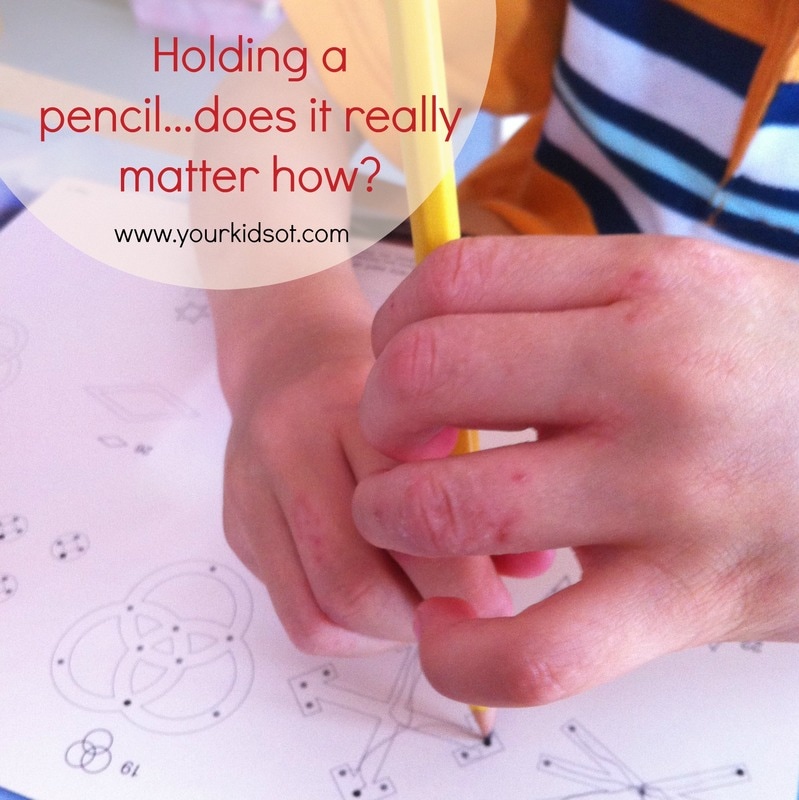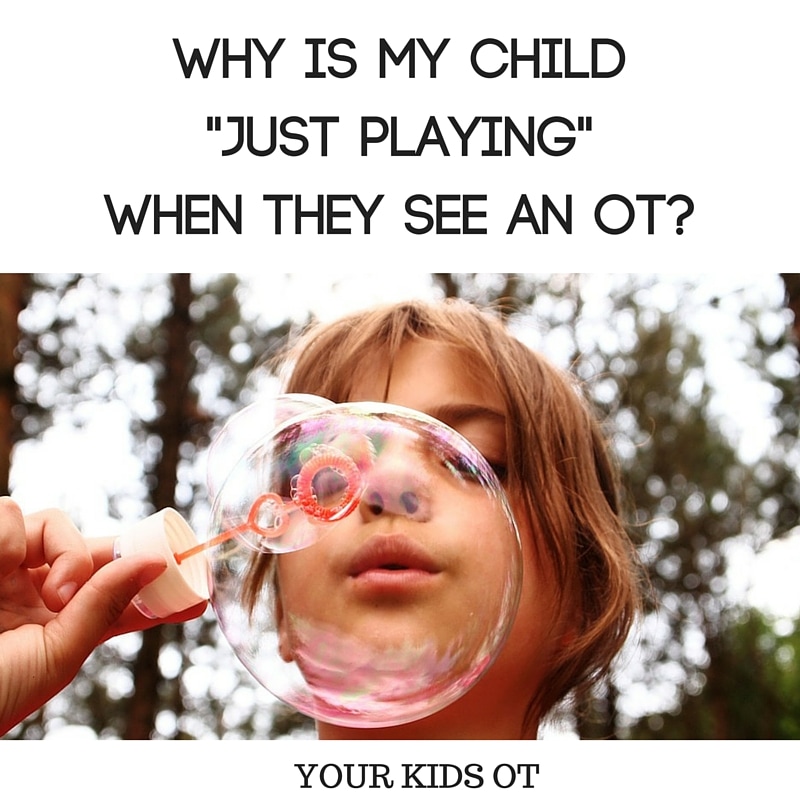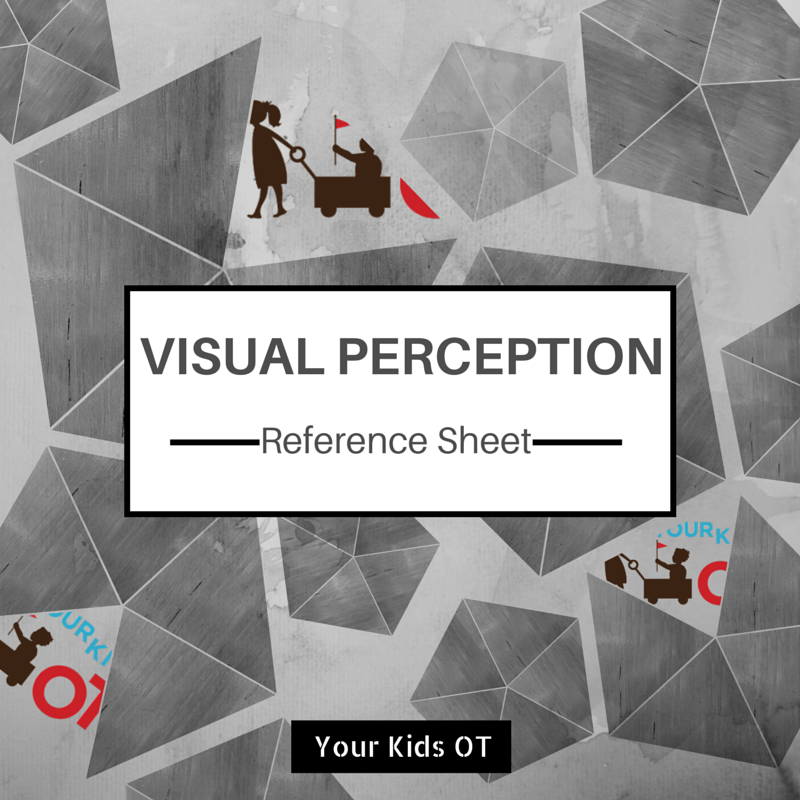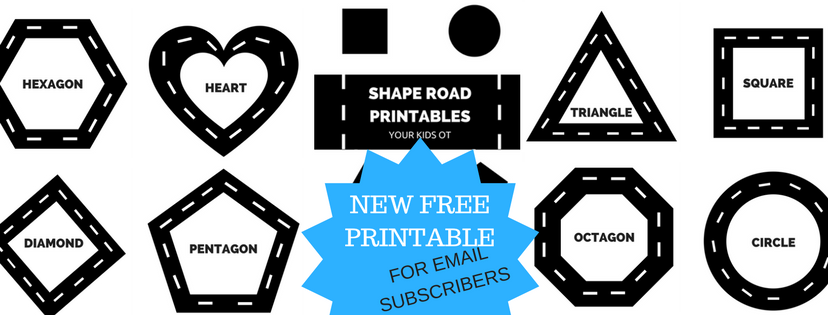|
Beans, tomatoes, soup... Most families have tin cans in their home. I have collated some fun ways to work on gross motor skills using tin cans and some markers. These activities encourage the development of core strength, arm and shoulder strength, bilateral coordination, crossing the midline, balance and more! These activities can be easily incorporated in OT sessions as well as carried out at home. You don't need a lot of space and you don't need special equipment. If you don't have tin cans then use what you DO have (eg. plastic cups, bowls, jars or sticks and spoons). Watch the You-tube video for the gross motor activities in action. You can use this link if you can't see the video below ---> https://youtu.be/epFzBX0pdBY Jumping Lay out markers to encourage jumping forward/backward, side to side and straight up/down. You could also try turning a half or full circle (180 or 360 degrees). Try adding a metronome to assist with focus and attention. (Read more ways you can use a metronome HERE). Marker movement Position in either the quadrupod position (like a dog on all fours), a bear (with hands on the ground and bottom in the air) or a plank position (resting on hands or forearms). Place the markers in front of the child and ask them to use their right hand to move markers to the left side of their body and their left hand to move markers to the right side of their body. Tin can touch Try this in a variety of positions. Encourage your child to stay in one position whilst reaching across their body to tap the tin cans (with their hand or foot). This involves "crossing the midline". Once your child tries these touches with one foot then try the other foot too. If they have difficulty balancing, your child could touch one tin can and then rest their foot on the ground. You could increase the difficulty by increasing the number of tin cans they touch before resting their foot on the ground. You can also increase the difficulty by having your child match markers with the corresponding coloured tin can. * Balance on one foot. * Quadrupod position (ie. like a dog on all fours) * Plank Position. * Crab/Table position. Visual Sequencing Encourage visual sequencing by adding coloured paper to the tins and drawing a simple grid of coloured dots to follow. Ask your child to tap the tins in the order of the coloured dots that they see. You could work on memory by covering the visual prompt. You could change the order of the dots or change the position of the tins to vary the activity. Do you have an older child? You could incorporate colour matching or academic skills such as learning the letters of the alphabet or sight words with any of the activities mentioned here. Squat to stand/stand to squat Place the tin cans on a table and ask your child to stand near the table. Place the markers on the floor. Ask your child to squat to pick up a marker and stand to place the marker in the matching coloured tin can. Encourage your child not to hold onto the table as they move up and down. Make sure that they are bending at the knees and not the waist. If you have a cushion or a wobble air cushion, you could ask your child to stand on the cushion to do this activity whilst moving from squat to stand (and versa). You could swap out the markers for balls or pegs. You could also incorporate tall kneeling. Have a look at the photo that I shared on Instagram of this activity. Tin Can Target
Tin Can Roll
For more gross motor activity ideas: These activities all provide sensory feedback for children to the skin receptors, muscles and joints. Deep pressure input can have a calming affect for some children and can help a child to develop body awareness. Read more about sensory based activities HERE. How do you incorporate tin cans to develop gross motor skills? I would love to hear from you if try out some of these activity suggestions. 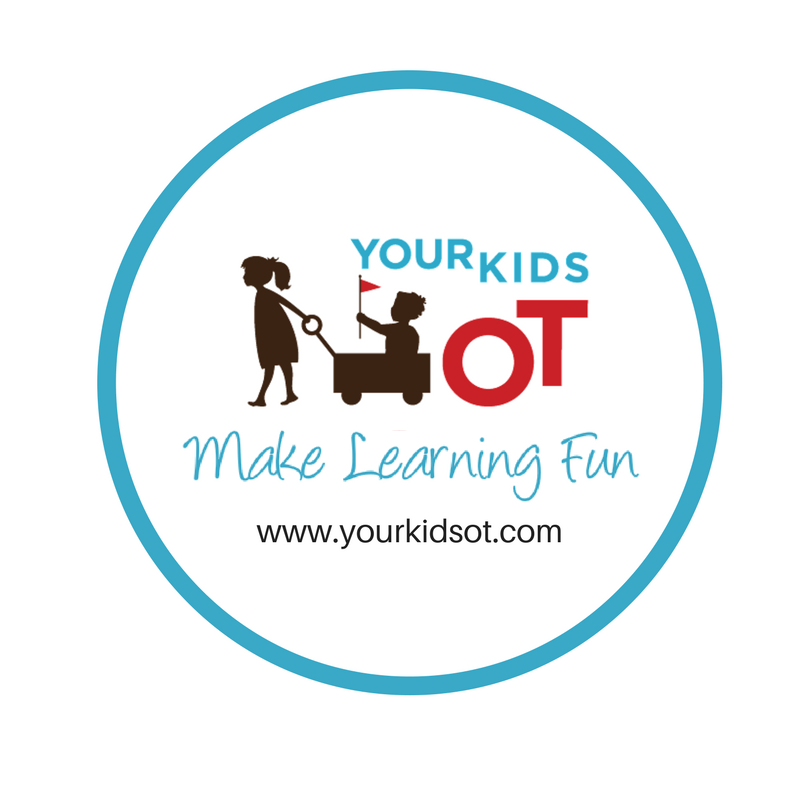 Cindy is a registered occupational therapist practising in Sydney, Australia. She has two growing children who are a constant source of inspiration and learning. Cindy loves workingcreatively to help children to reach their potential, finding opportunities in everyday living and making learning fun. She is also addicted to making printables (even when they take a long time to complete). Cindy is the author of the Occupational Therapy blog Your Kids OT. Read more articles from Your Kids OT at https://www.yourkidsot.com/blog Cindy is a member of the Functional Skills for Kids Therapy Team. They have together published THE HANDWRITING BOOK, THE SCISSORS SKILLS BOOK and THE TOILETING BOOK. The information on this site is general in nature. The activities are safe for most children, however, you should consult an Occupational Therapist or health professional to address specific movement, sensory or other medical conditions. Affiliate links are used throughout this website to promote products I love and recommend. I receive a commission if any purchases are made through these links. Please see my disclosure policy for more details. Amazon Store: https://www.amazon.com/shop/yourkidsot YKOT shop: https://www.yourkidsot.com/store/c1/Featured_Products.html Teachers Pay Teachers: https://www.teacherspayteachers.com/Store/Your-Kids-Ot You Tube Channel: https://www.youtube.com/channel/UCZUz_5nYEOCkj32DiOCQo4Q/featured Facebook: https://www.facebook.com/yourkidsot Instagram: https://www.instagram.com/yourkidsot/ Pinterest: https://www.pinterest.com.au/yourkidsot/ You may also like:
Some children struggle with drawing. They may continue to scribble and have difficulty copying simple drawing patterns. This becomes a concern when the child is 3 or 4 years of age and should be imitating and copying simple lines and shapes (such as a horizontal line, vertical line, circle, square). There are usually some underlying reasons for a delay in pencil control and drawing skills. 1. Difficulty with visual spatial skills. This may include poor body awareness, poor awareness of how they relate to objects and poor visual attention to 2D images/pictures. A "red flag" may be a lack of interest in books and pointing to pictures within books or difficulty copying block simple block patterns.
2. Difficulty with pencil grasp and pencil control. This may be due to weak hand strength, poor fine motor skills or poor postural control. Your child may switch hands constantly, drop the pencil, break pencils or press too lightly. They might draw wiggles instead of straight lines.
3. Difficulty with directional language - 3D and 2D. Some children with language delays will have difficulty with "directional language". This means they have difficulty understanding concepts such as "on", "next to", "under", "between", "behind" etc. When it comes to drawing and writing, an understanding of position or direction on paper is really important for spatial relationships and how lines come together to form pictures and letters. Incorporate "directional language" in play of objects as well as when you look at books or puzzles. 4. OTHER There are many other reasons that can affect a child's ability to draw. If you are concerned about these aspects, seek medical advice for your child. Some of these might include:
From scribble to meaningful lines and shapes. Watch these ideas via the You-tube video below or via this link ---> https://youtu.be/y1ffJYoHkic 1. Use objects! (eg. playdough, fruit, toys) Place objects to mark out where lines starts and ends. Place objects to trace around. Place objects to mark out what the lines look like and where they go on the page. 2. Use multi-sensory experiences. This not only motivating but can provide feedback to the muscles and joints as a child draws lines and shapes.
3. Use guided drawing. This may initially be imitating your drawing with each step needed to complete a larger picture. I usually start with a face and simple pictures like a sun and a rainbow. You can also use additional prompts like playdough or felt to provide extra help for your child to grasp visual spatial relationships with drawing. Once your child can imitate your drawing or draw from a physical prompt; you can move to drawing from a pictorial prompt. Have a look at these directed drawing prompts from Margaret at Your Therapy Source . 4. Fluency patterns. Copy lines to work on pencil control. Once the basic patterns can be copied, work on even spacing and even heights. Read and purchase ---> Fluency Patterns 5. Printable worksheets. Don't start here. Always start with the options listed above! When your child has developed some of the skills to draw; then printable worksheets become a great way to fine tune pencil control. You can work on colouring between lines. Encourage your child to notice the visual cues such as the edge of the picture so that they aim to stay within the lines. Your child could draw through mazes, join dot to dot pages or trace over lined pictures. Encourage your child to add their own patterns to copy pictures that they see. This will help them to develop visual spatial awareness and pencil control. Read and purchase ---> Pre-writing Lines and Shapes Printable Sheets. Drawing lines and shapes are vital to child development. Don't jump straight into teaching children to write letters and numbers. Help them to build the foundational skills with lots of drawing in the preschool years. Are you looking for more ideas to help your preschooler? Have a look at the 10 week preschool program that I have created that provides a full range of activities to support child development for 3-5 year olds. Each week of the program includes activities for the whole body, hands/fingers and using tools such as scissors and pencils. The program is designed to engage children in their learning. It is suitable for groups of children in a day care or preschool setting. It could be used by OTs or parents with individual children. Find out more --> Animal Theme Preschool Program Well I hope that you have found some ideas that you can use straight away with your children to help them move from scribble to drawing and writing. Let me know if you try them out! 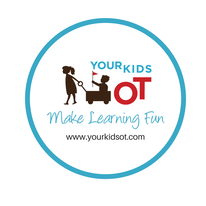 Cindy is a registered occupational therapist practising in Sydney, Australia. She has two growing children who are a constant source of inspiration and learning. Cindy loves working creatively to help children to reach their potential, finding opportunities in everyday living and making learning fun. She is also addicted to making printables (even when they take a long time to complete). Cindy is the author of the Occupational Therapy blog Your Kids OT. Read more articles from Your Kids OT at https://www.yourkidsot.com/blog Cindy is a member of the Functional Skills for Kids Therapy Team. They have together published THE HANDWRITING BOOK, THE SCISSORS SKILLS BOOK and THE TOILETING BOOK. The information on this site is general in nature. The activities are safe for most children, however, you should consult an Occupational Therapist or health professional to address specific movement, sensory or other medical conditions. Affiliate links are used throughout this website to promote products I love and recommend. I receive a commission if any purchases are made through these links. Please see my disclosure policy for more details. Amazon Store: https://www.amazon.com/shop/yourkidsot YKOT shop: https://www.yourkidsot.com/store/c1/Featured_Products.html Teachers Pay Teachers: https://www.teacherspayteachers.com/Store/Your-Kids-Ot Facebook: https://www.facebook.com/yourkidsot Instagram: https://www.instagram.com/yourkidsot/ Pinterest: https://www.pinterest.com.au/yourkidsot/ You may also like: A marble, a small ball, a ball of playdough, a pom pom .... using every day items is important right now for occupational therapists as we work in our telehealth sessions using objects families may already have at home. These activities using a marble are simple, fun ways to develop a child's fine motor skills. As occupational therapists we often address fine motor skills when children have difficulty manipulating tools such as pencils, scissors and glue sticks. Fine motor skills can affect a child's ability to carry out their self care in using a toothbrush, using cutlery, tying shoes laces or manipulating fastenings such as buttons and zippers. The main fine motor areas that an occupational therapist may address include:
Using a marble:
The best way to see these suggestions is via the You-tube video ---> https://youtu.be/be5jLMvXzYk These suggestions can easily be incorporated in OT sessions face to face and via Telehealth. They are an easy way to incorporate finger warm ups prior to writing. You could even try using an eraser (perfect for the classroom - when you return). I also love marble runs and marble mazes! Let me know other fun ways you use marbles to help with the development of fine motor skills. 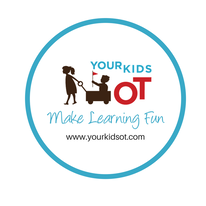 Cindy is a registered occupational therapist practising in Sydney, Australia. She has two growing children who are a constant source of inspiration and learning. Cindy loves working creatively to help children to reach their potential, finding opportunities in everyday living and making learning fun. She is also addicted to making printables (even when they take a long time to complete). Cindy is the author of the Occupational Therapy website and blog Your Kids OT and Sensory Diet Activity Guidebook (ebook). Cindy is a member of the Functional Skills for Kids Therapy Team. They have together published THE HANDWRITING BOOK, THE SCISSORS SKILLS BOOK and THE TOILETING BOOK. The information on this site is general in nature. The activities are safe for most children, however, you should consult an Occupational Therapist or health professional to address specific movement, sensory or other medical conditions. Affiliate links are used throughout this website to promote products I love and recommend. I receive a commission if any purchases are made through these links. Please see my disclosure policy for more details. Your Kids OT blog - https://www.yourkidsot.com/blog Your Kids OT shop- https://www.yourkidsot.com/store/c1/Featured_Products.html Your Kids OT Teachers Pay Teachers - www.teacherspayteachers.com/Store/Your-Kids-Ot Your Kids OT Facebook Page - https://www.facebook.com/yourkidsot/ Your Kids OT Instagram - https://www.instagram.com/yourkidsot Your Kids OT Pinterest - http://www.pinterest.com/yourkidsot Your Kids OT Amazon store - https://www.amazon.com/shop/yourkidsot Teachers Pay Teachers Site Wide Sale! May 5-7th 2020
PROMOCODE: THANKYOU20 |
AuthorHi, I'm Cindy and I am an Occupational Therapist. I enjoy working creatively with children to see them reach their potential. Read more about me here. SEARCH THIS SITE
Archives
June 2024
Categories
All
Popular Posts |
Join the YKOT e-newsletter!
Subscribe to get our latest content by email and receive
the SHAPE ROADS PRINTABLE NOW!

Success! Now check your email to confirm your subscription and receive your free printable!
Join our Mailing List!
Subscribe to get our latest content by email and receive
the SHAPE ROADS PRINTABLE NOW as a thankyou!

Success! Now check your email to confirm your subscription and receive your free printable!
Disclaimer: The information on this site is general in nature and should be used for educational and entertainment purposes. The activities are safe for most children, however, you should consult an Occupational Therapist or health professional to address specific movement, sensory or other medical conditions. This blog does not replace formal therapeutic professional advice given by a health professional or medical practitioner. Reviews and endorsements of products will only be made based on my expertise and personal opinion; and deemed worthy of such endorsement. The opinions shared in sponsored content will always be my own and not that of the advertising company or brand. Content, advertising space or posts will be clearly identified if paid, affiliated or sponsored. Affiliate links may be found throughout this website in advertising. This means that if you follow through with a purchase from these links, Your Kids OT will receive a percentage of the sale. Your Kids OT undertakes to meet the requirements of the "Social Media Policy" as published by Australian Health Practitioner Regulation Agency (AHPRA). Further information about this policy can be found here.
Find meFollow me |
About me
AuthorHi, I'm Cindy and I am an Occupational Therapist. I enjoy working creatively with children to see them reach their potential. Read more about me here. |
Copyright © 2017 Your Kid OT

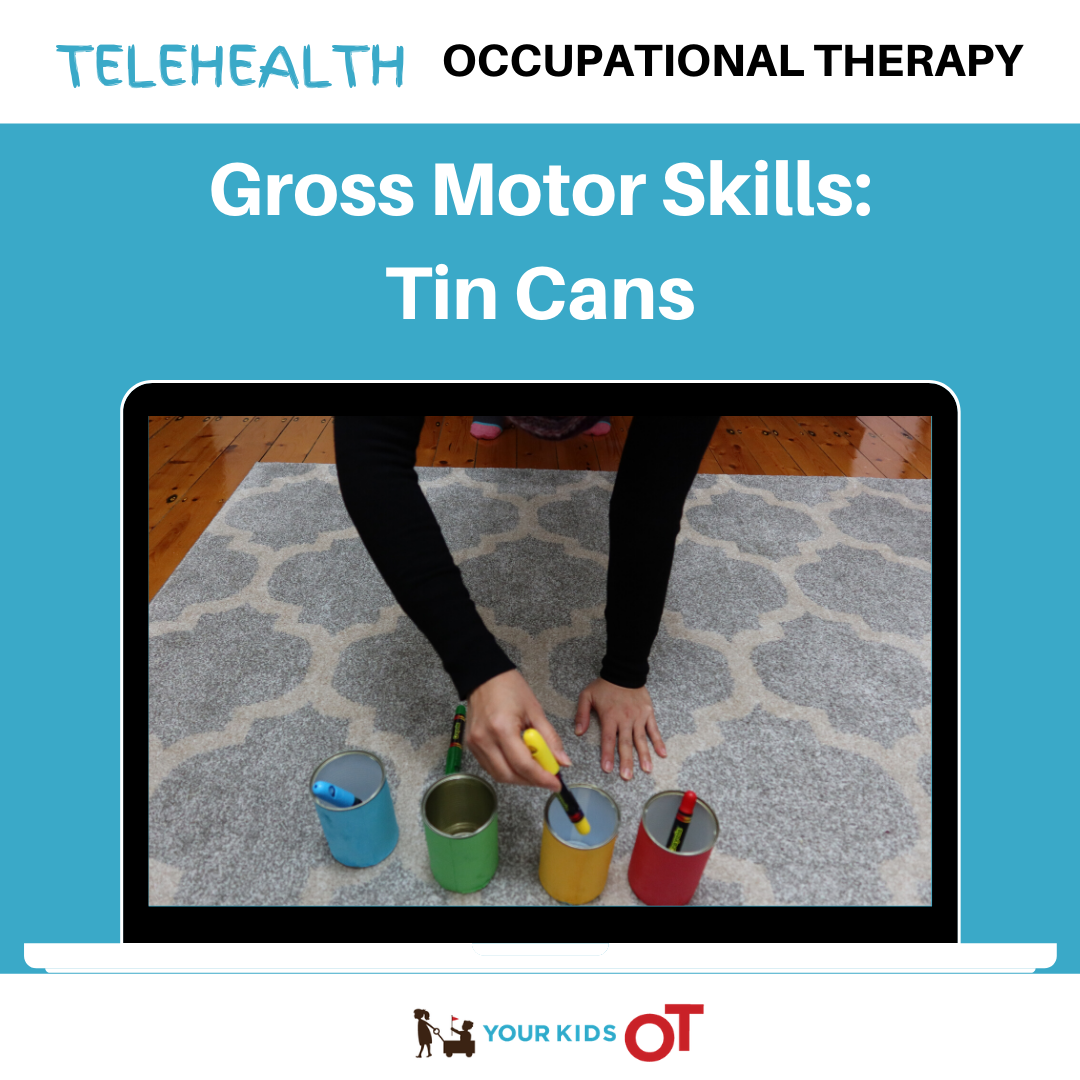
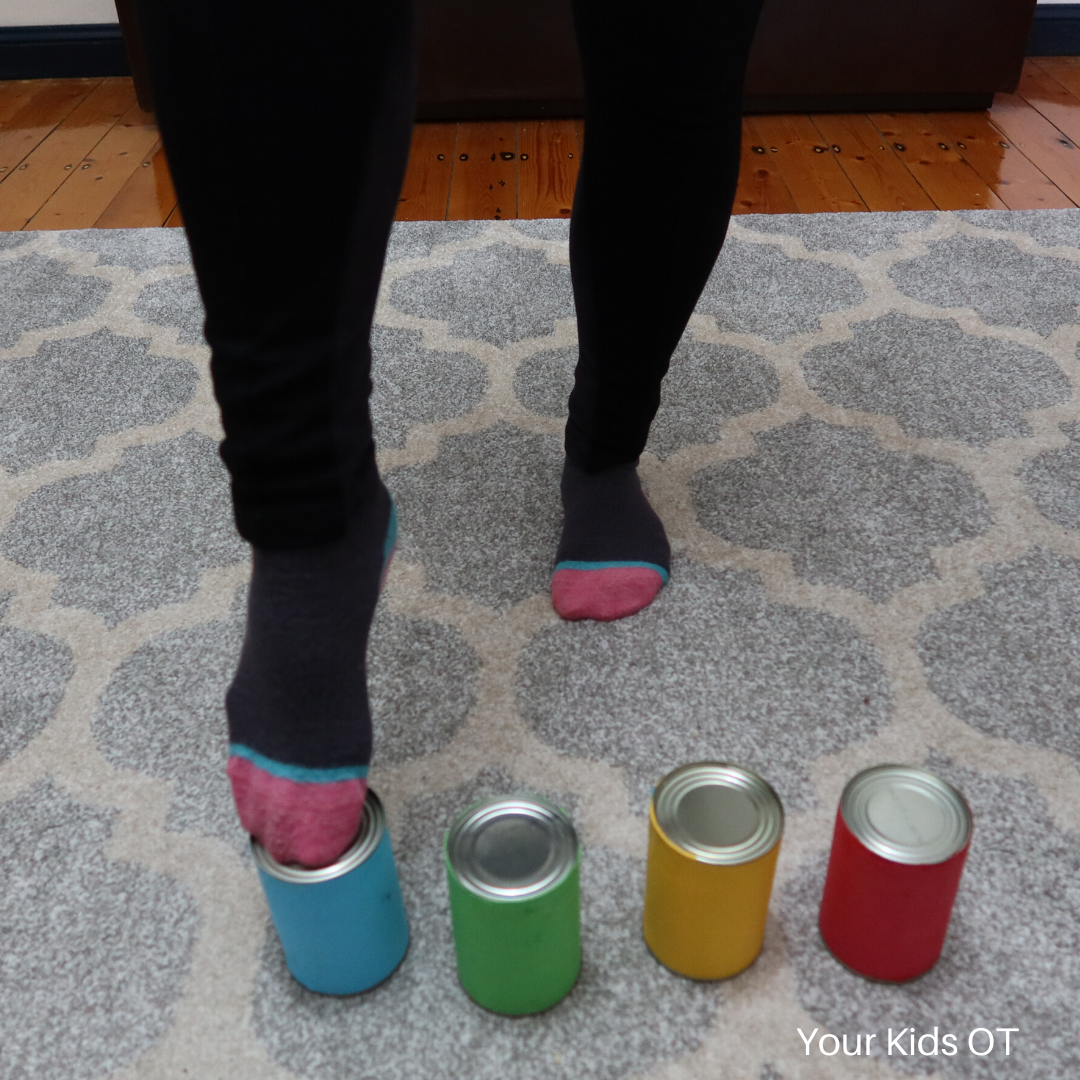
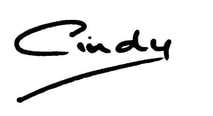
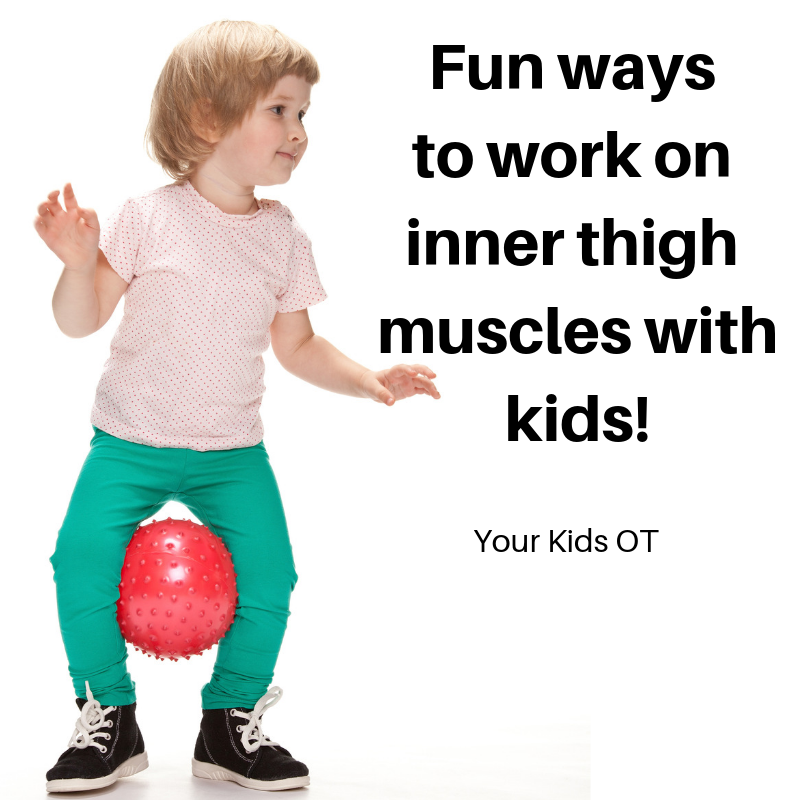
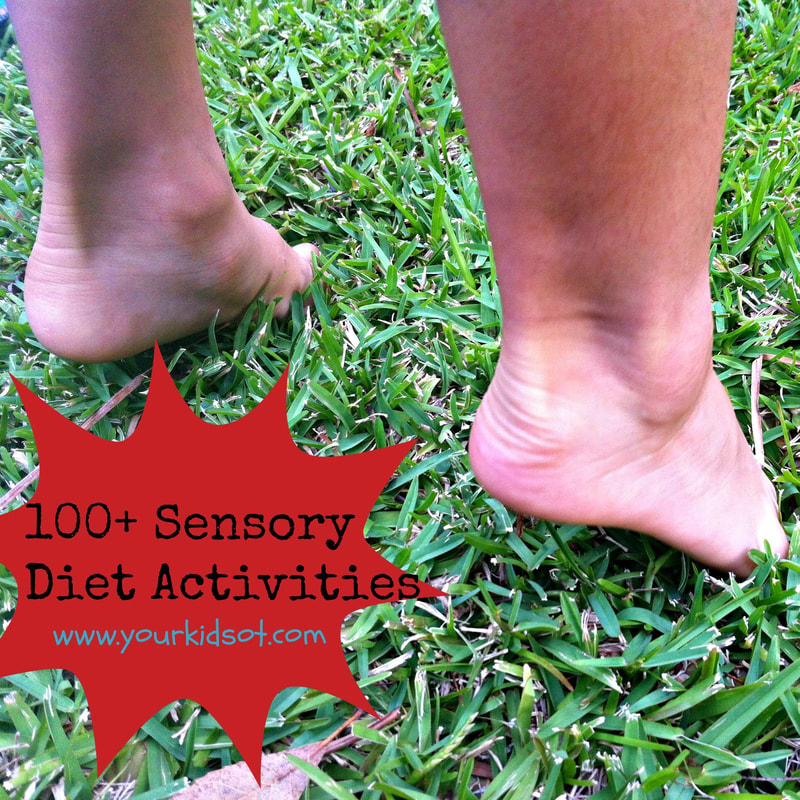
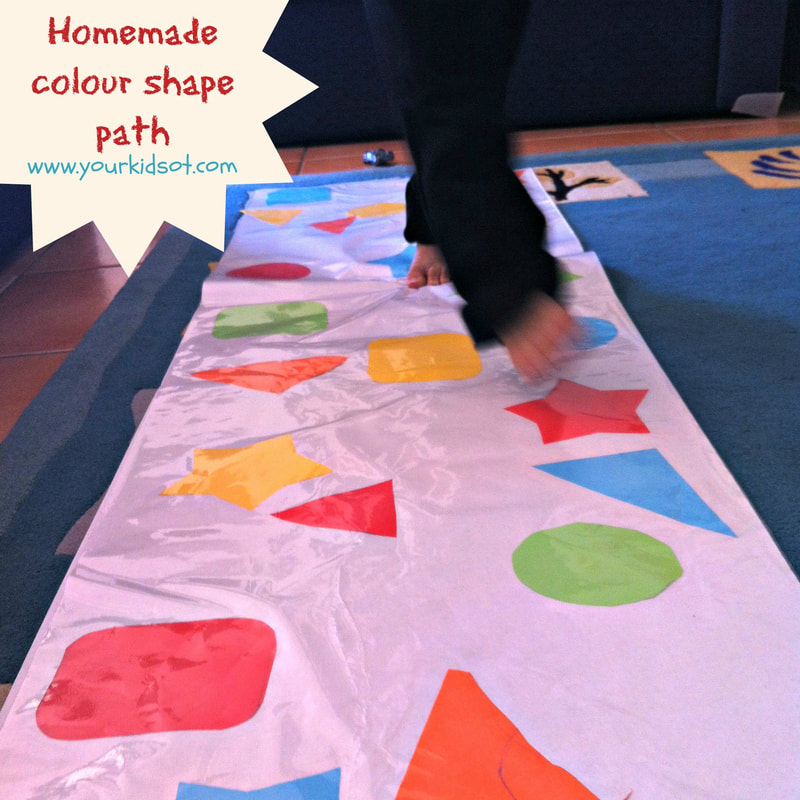
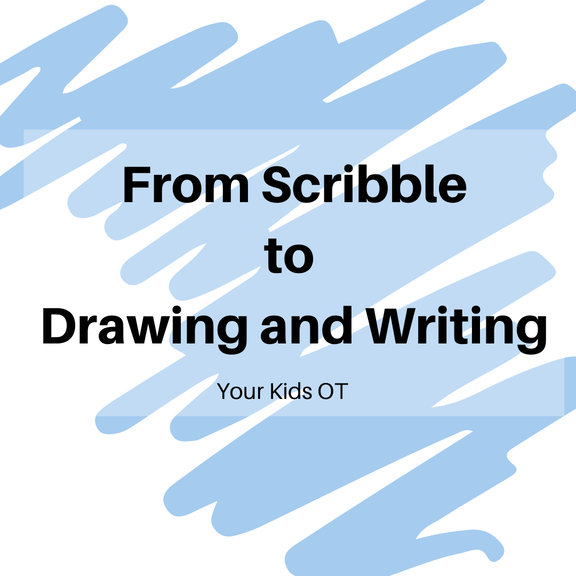
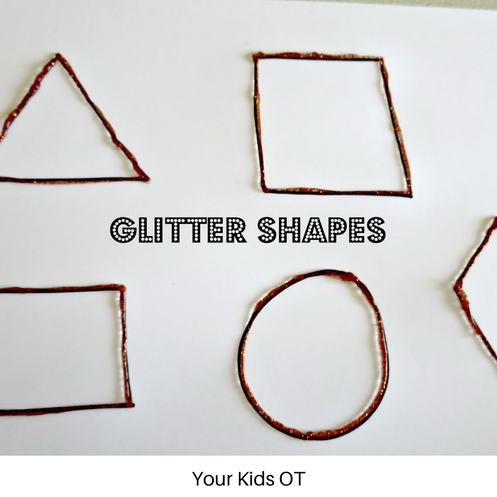
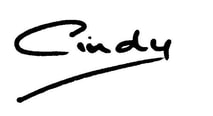
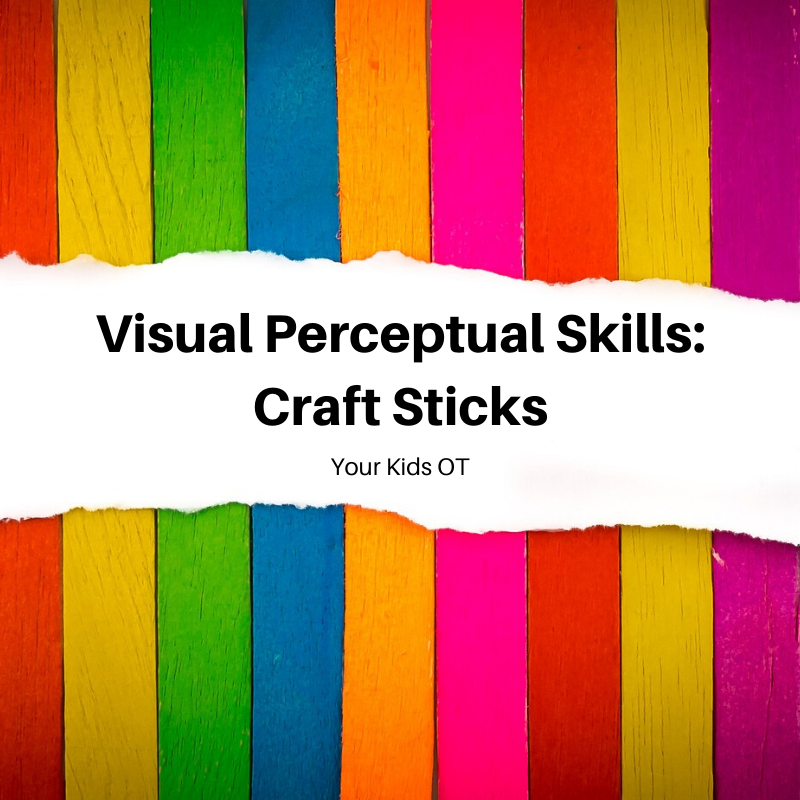
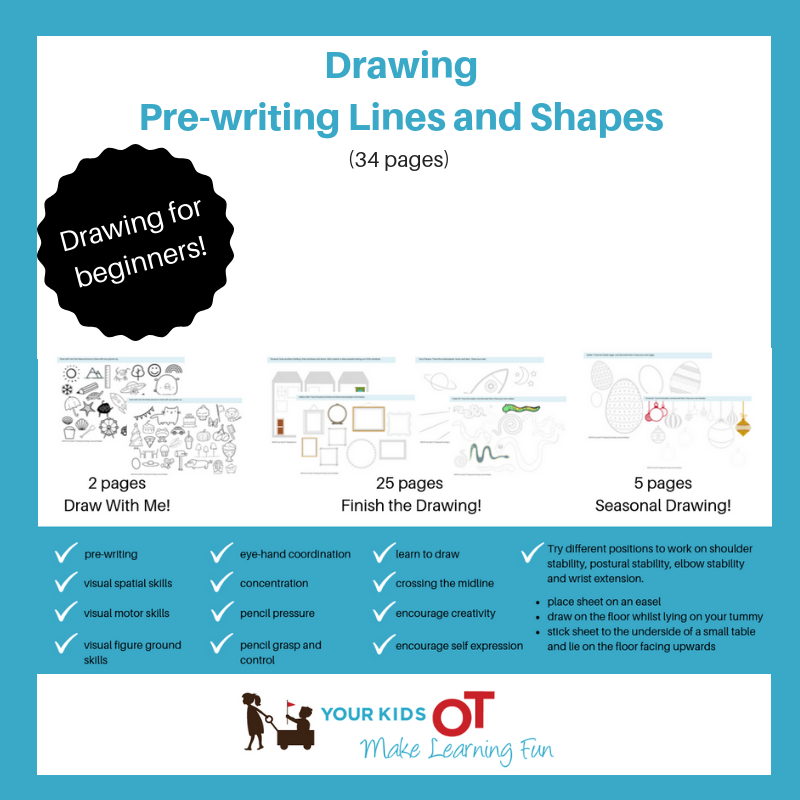
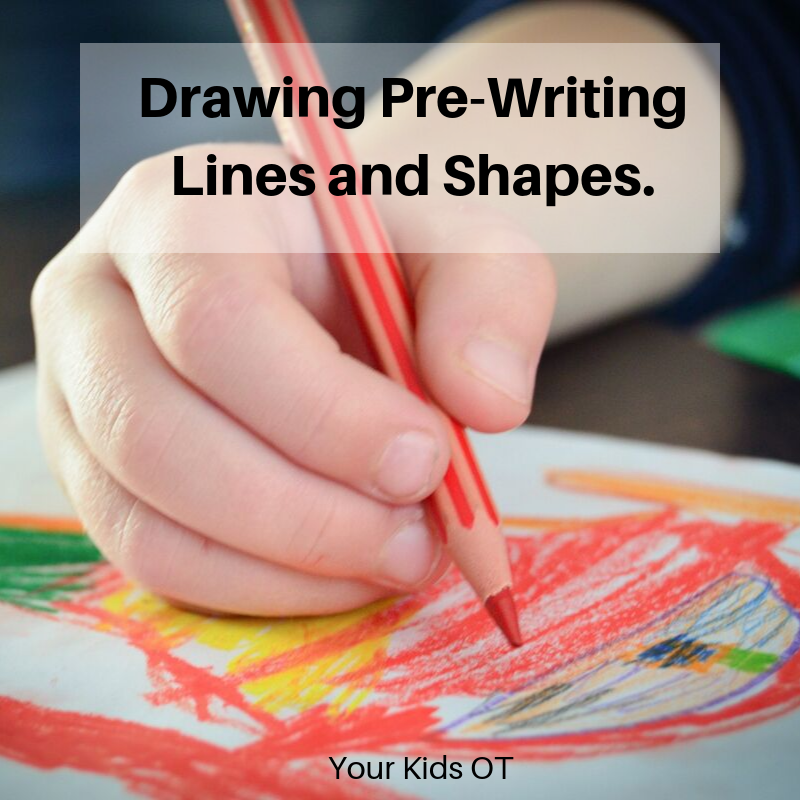
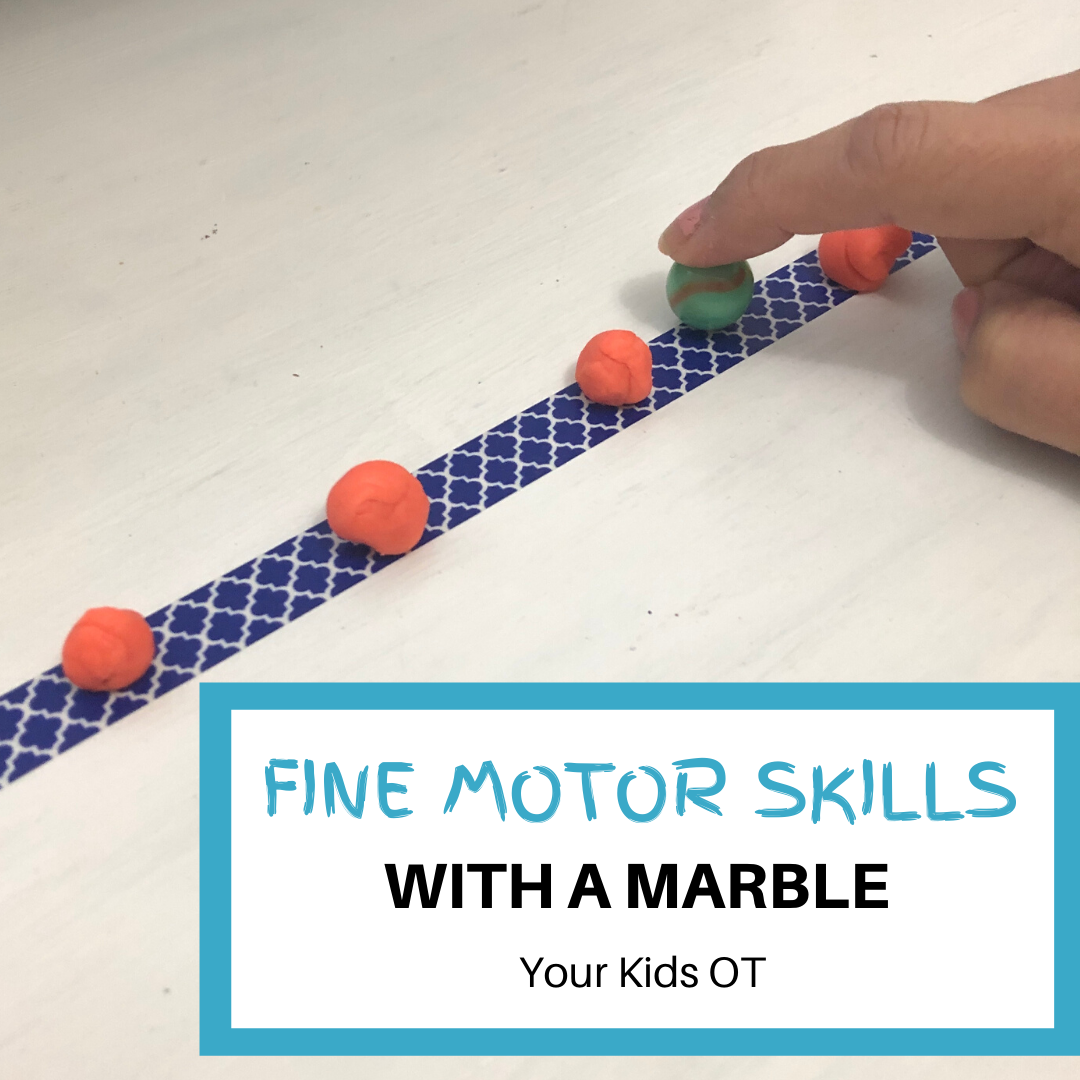
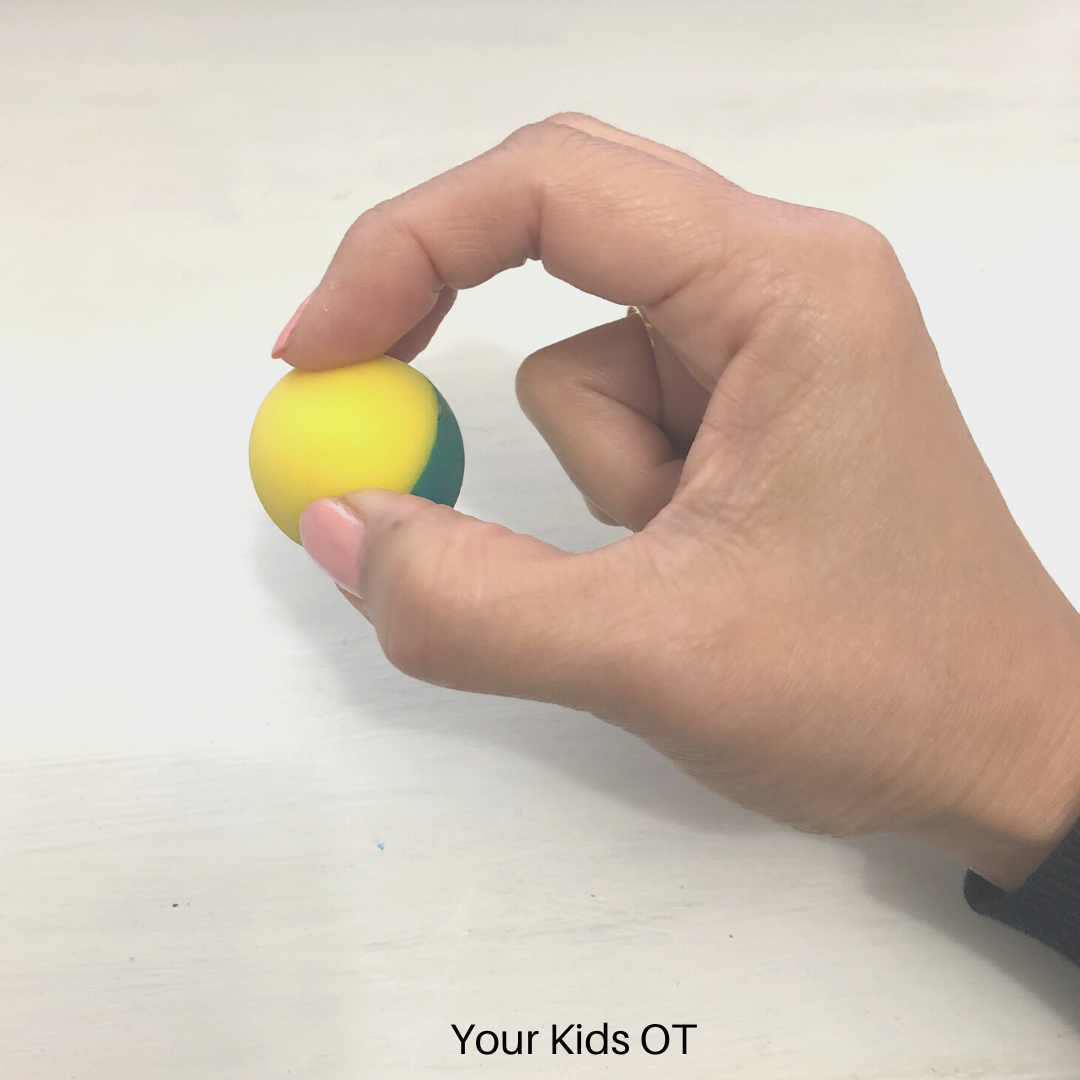
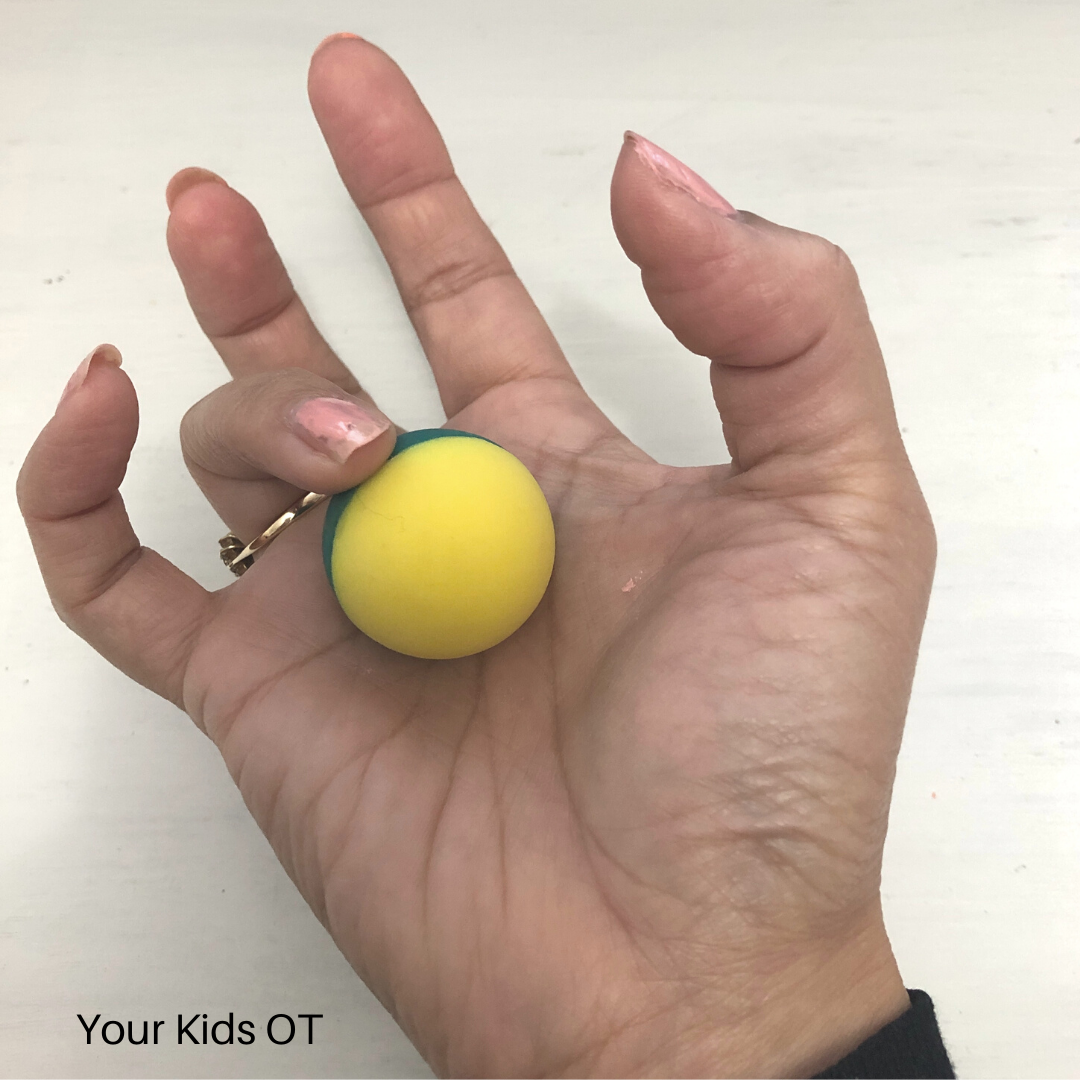
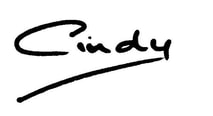

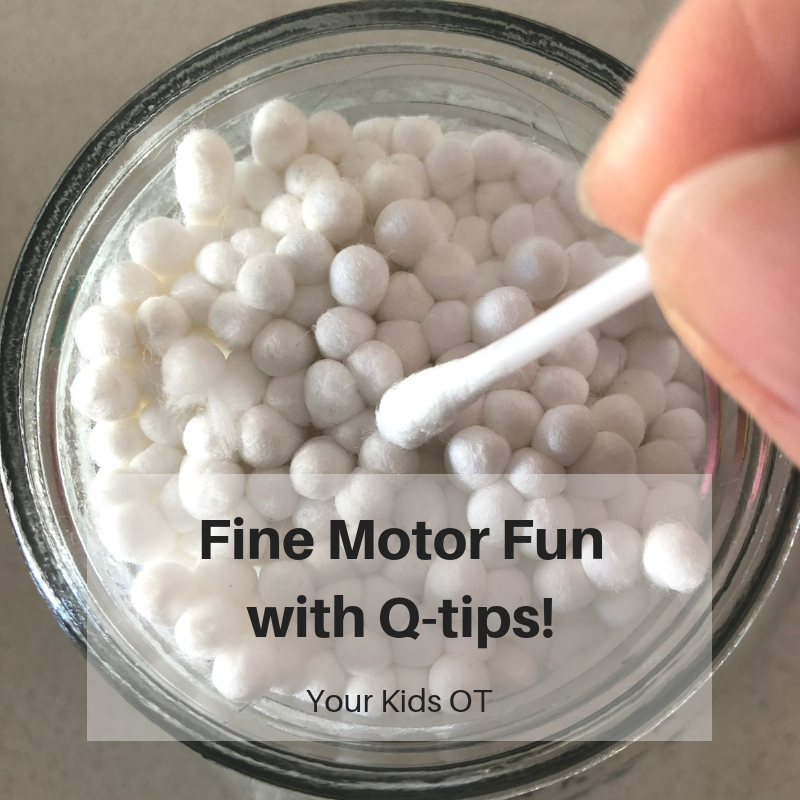
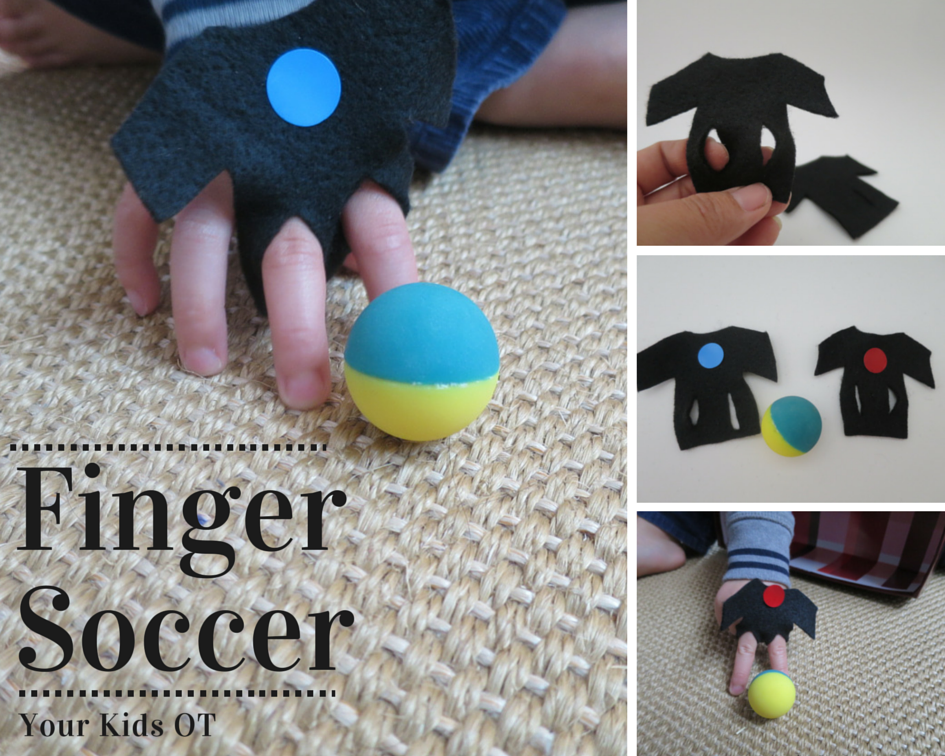
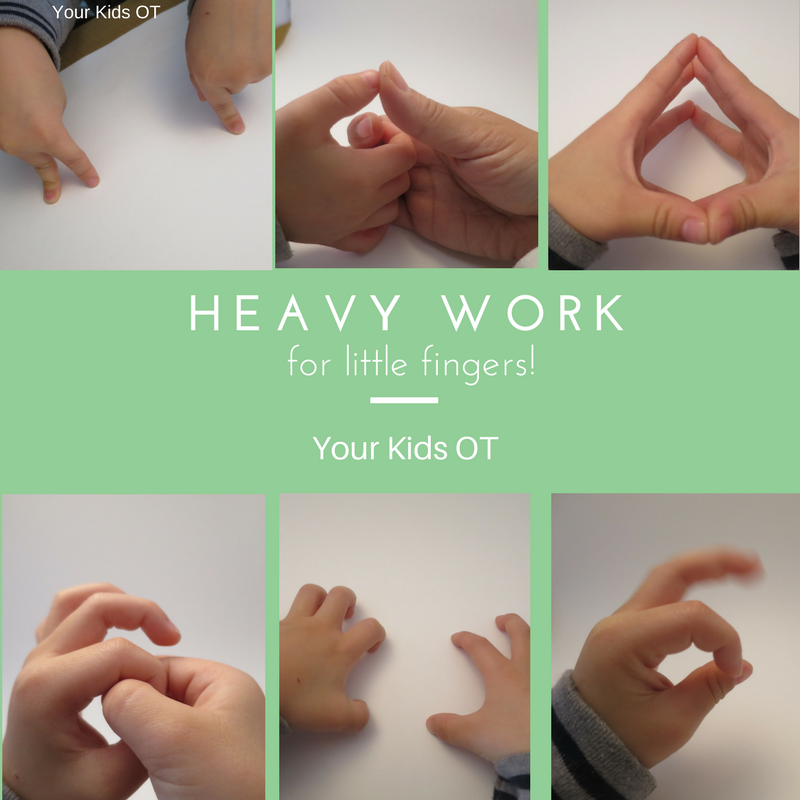
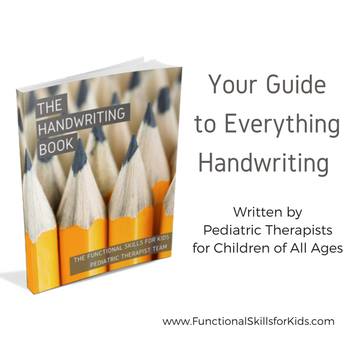

 RSS Feed
RSS Feed
